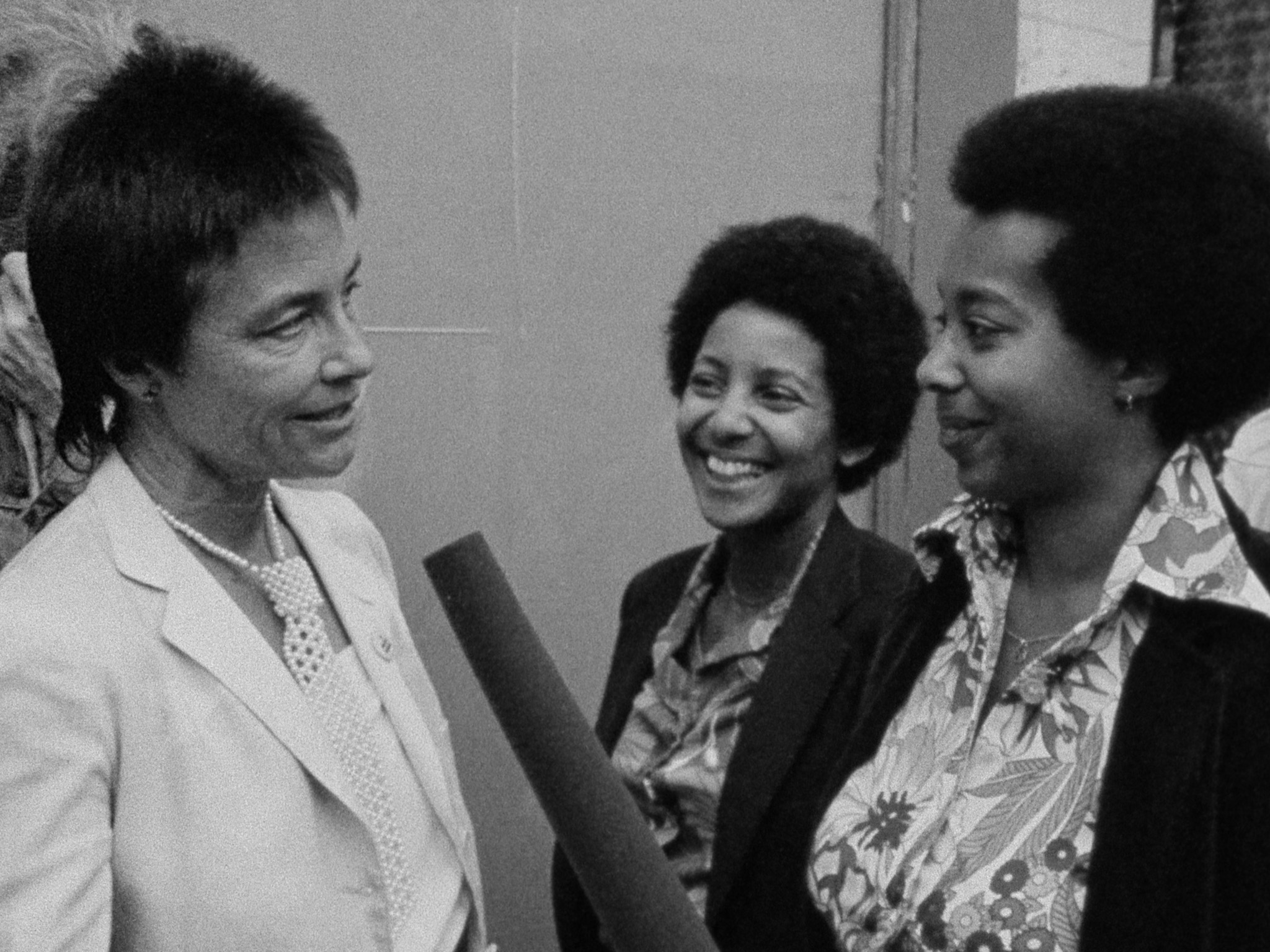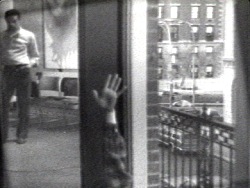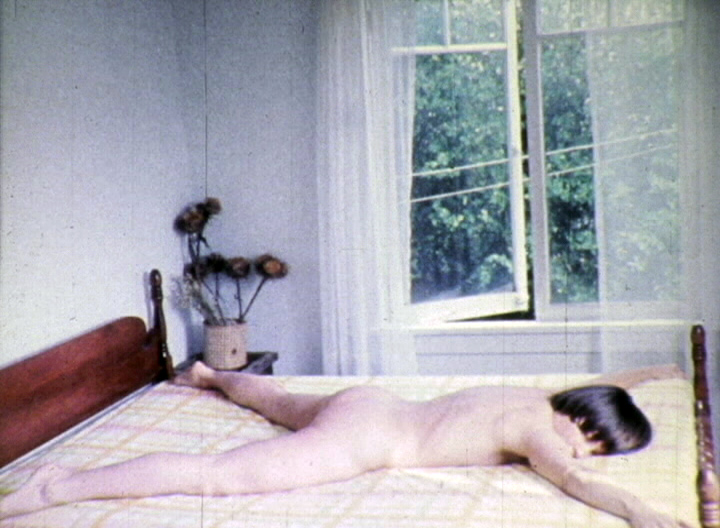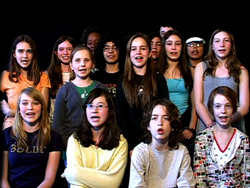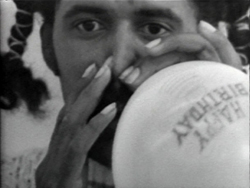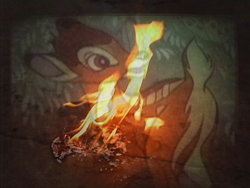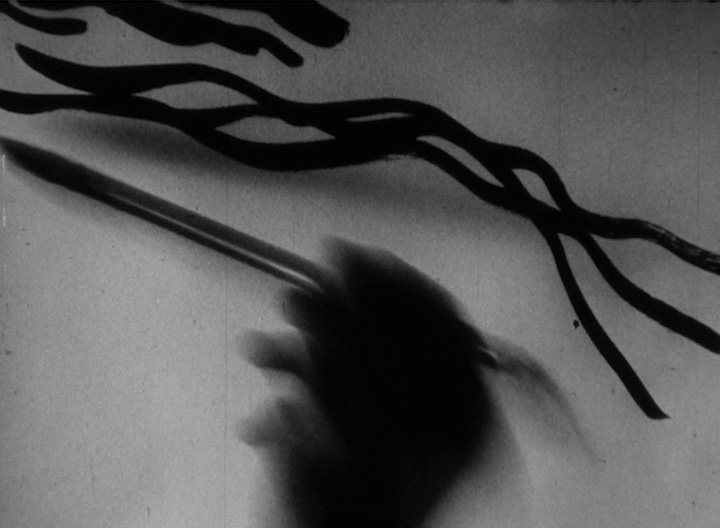Search Results
Search Results
Title Results
Your search returned 789 Titles
Asymptomatic Carrier explores New York City’s abandoned North Brother Island, the site of a former quarantine hospital that housed “Typhoid Mary,” presently crumbling amid dense, overgrown forest. A man claiming to be living off the island for many years calls a vendor to negotiate the particulars of a flag purchase, digressing into a frank discussion encompassing time, isolation, and disease.
Barbara Hammer takes her camera out to film the audiences at screenings of her films – some women only, some mixed – at the London Film-makers' Co-op; at the Roxie Theater, in San Francisco, during Gay Pride Week (where the audience includes fellow filmmakers Curt McDowell and Ulrike Ottinger); at The Funnel, in Toronto; and at McGill University, in Montreal.
This tape is an exercise in spatial perception, using mirror reflections of people and their movements.
"Available Space is a film made for performance on a 360 degree rotary projection table. A woman breaks through confining architectural space, the limited space of a film frame, and the boundaries of a movie screen. Unexpected angles, corners, slants, floor and ceiling are engaged in unexpected play and projection. The film can also be shown as a single channel without live performance." — Barbara Hammer
AWGTHTGTWTA is one of a series of video works in which Oursler explores the idea of the "chorus." Oursler asked high school and middle school students in Manhattan, many of whom are recent immigrants, to describe their ideal or fantasy places. The resulting piece brings together scenes of the students reciting text in unison, excerpts of their imaginative responses to Oursler's question, and found footage of the online gaming, shorthand sms text messaging, and YouTube improvisational recordings that characterize their environment.
Commissioned in 2019 for an exhibition at the Hudson Yards art space The Shed, B4 & After the Studio Pt. 1 examines the intertwined relationship between art and real estate development, repurposing a text on the 1988 Tompkins Square Riot and an excerpt from Sharon Zukin’s 1989 book Loft Living:...
In June 2008, Michael Smith staged a birthday party for his legendary character Baby Ikki at EAI. Baby Ikki's Birthday Party documents this performance, following the diaper-clad baby as he interacts with party guests and an ebullient clown named Curly. During the party, cake was served, games were played, a piñata was broken, guests sang "Happy Birthday," and gifts were opened. There was even a puppy.
With a striking economy of means, Ramos enacts a close-up performance action: he blows up a balloon with his nostril until it bursts in his face. He then repeats this action with his other nostril. Alternating nostrils, he continues to blow up the balloon until it bursts. With each iteration his exhaustion visibly increases; he gasps for breath, almost to the point of passing out.
"In Bambi's Beastly Buddies, Bambi and skunk embody innocence, vulnerability and love. I lit Bambi on fire to a refrain from Beethoven's Ode to Joy, on the morning of May 11, 2004, when I read that Nick Berg, an American telecommunications contractor, was beheaded by Islamic militants on live video. I felt Bambi's incineration symbolized the times we live in." — Ellen Cantor
"With Bamboo Xerox, I found another strategy to move my audience and break illusions. I photographed bamboo (my favorite grass) from my backyard and then xeroxed both sections of living bamboo and the photographic stills of the bamboo. After editing the film, I had the entire six-minute film blueprinted as a black and white scroll. I stretched the scroll horizontally around the theater space so that the audience could see the film frame by frame before they saw the projection." — Barbara Hammer

